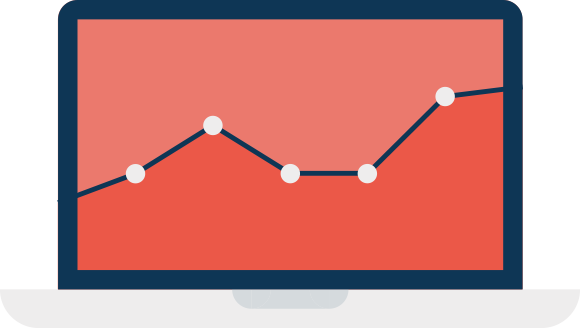
User Experience Verses Google PageSpeed Insights: What should you worry about?
It’s an interesting question, should you optimize your website just to satisfy Google’s performance report or focus on your user’s experience?
Let’s be clear – reworking your website code to reach a good result, especially for Google PageSpeed Insights can be virtually impossible. If you are using a purchased or custom coded template/theme it could take weeks of work by an experienced developer to get results. Then you may be unable to upgrade the template and run the risk of security holes and hacking. There are very few templates built with speed optimization at the core – which is what Google is demanding. So what’s the best way to move forward?
Our philosophy is USERS FIRST, ALWAYS! Our priority is for your users to be able to navigate your online store or website without feeling like they are waiting for pages to load. Happy users will always equal more sales and enquiries.
Once that’s been resolved, we then assess what can be fixed or adjusted within a reasonable budget and timeline to meet Google’s recommendations.
We recently helped a client who was totally obsessed with the Google speed score on their five-year-old website. Of course it was ranking with an average result even though the user experience was good and visually pages were loading within 2-3 seconds. However, their third party tracking code (Google Analytics and Facebook Pixel) were adding another 15 seconds to the background loading of the page.
What marketing managers need to realise is that site speed optimization is trade-off. You can always throw more processor speed to make a site go faster but in general:
- Complex websites have more to load and do. It takes time to load the thousands of lines of code to do complex things. Simple pages load faster because there is less code. If you want a super fast site, build a SIMPLE SITE.
- Sites with lots of images need a CDN (Content Delivery Network). A CDN delivers your site content from an array of cached servers, in addition to your own. Alternitavely, reduce image size and/or compress your images. Images uploaded to your website straight from your phone are too big. Learn how to optimize your images before you upload them.
- Cheap shared hosting means no matter what you do to your website code, it will ALWAYS BE SLOW. Your site is sharing with 1000’s of others and their load affects your speed. Invest in a solid hosting solution.
- If you are not an international business, host where your customers are. For example, if your customers are in Australia, host with an Australian hosting company with servers in Australia. Data still takes time to move down the pipe – if that pipe is on the other side of the planet, it will take more time.
In the near future, you will see new website themes marketed as ‘Google Speed Optimized’ as a key feature. You may even need to pay a premium for this.
Speed optimisation is usually technical issue that you and your developer need to solve. It’s an ongoing challange that requires regular optimisation to stay current with evolving technologies.
If you would like to know more, recieve our diagnostics and recommendations report here. It’s not an automated test, it is conducted by our speed obsessed web professionals – yes, real human eye-balls and brains giving you the best advice to address your website speed.


